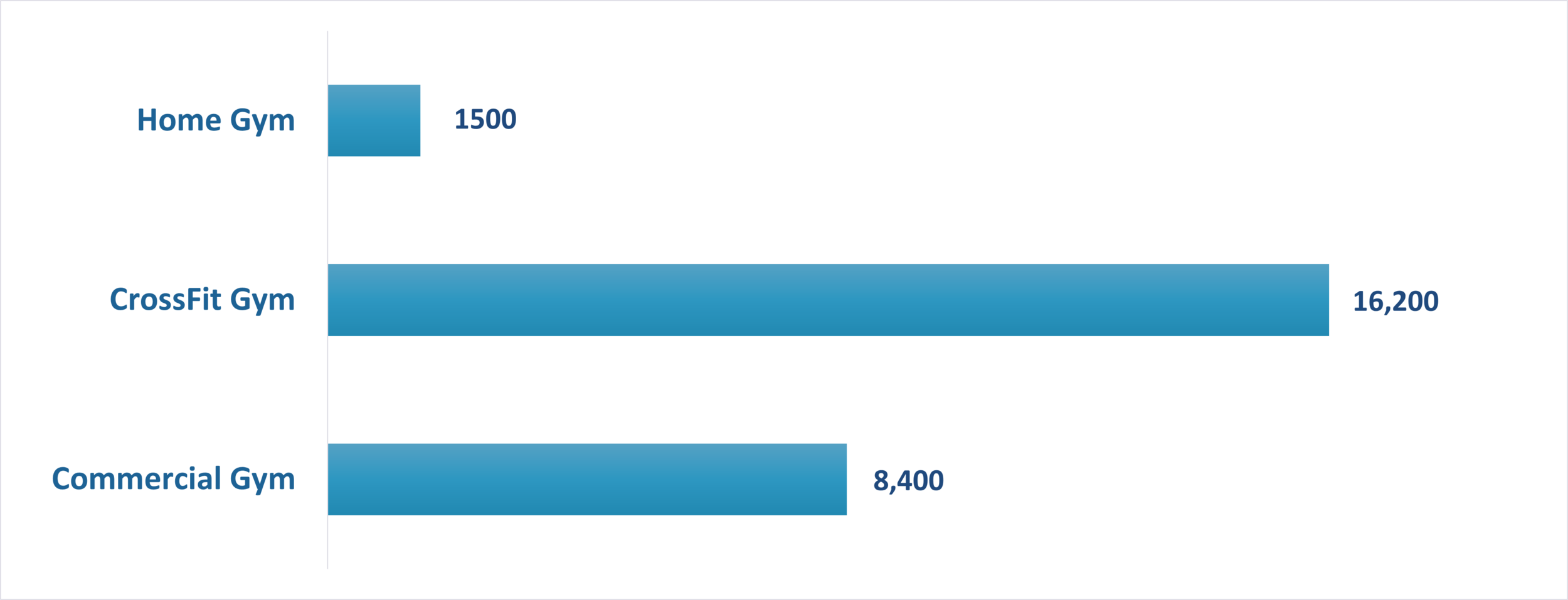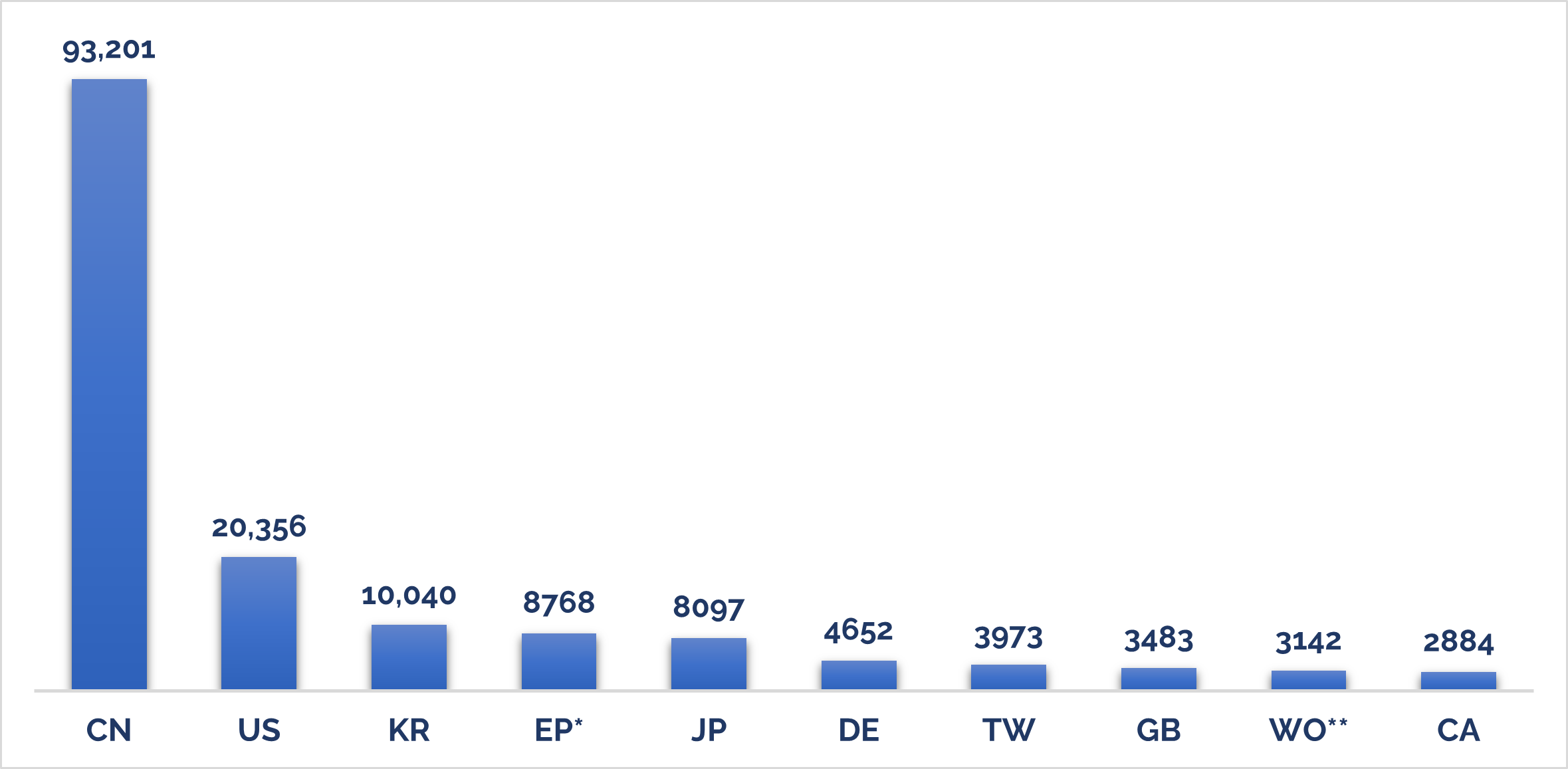Home Fitness Technologies - Current Trends & Market Valuation
Technology can track almost every aspect of our health, from what we eat to the quality of our sleep, to our movements and even our metabolism. The best part is, that we can take these technologies with us anywhere and use them at any time. This technology facilitates rather than hinders mobility. In essence, the time has changed, and now home fitness devices and technologies are rapidly moving into the home. These devices and technologies lay the foundation for human health and have created significant shifts within industries.
The global pandemic has reshaped the fitness industry like never seen before. Going to the gym to achieve fitness goals is no longer a thing. The growing trend of working out at home has spiked the demand for at-home fitness equipment and related technologies. Companies leading the home fitness equipment industry constantly look to make home fitness solutions more practical and honest. To do away with the need for personal fitness assistants in this COVID 19 world, where lockdowns have restricted people to their homes, critical players in this sector are trying their best to make most of their investments, to develop high-tech interactive fitness models, and set a competitive advantage for themselves in the industry.
Home Fitness Technologies and Market Trends
Home fitness technology has brought significant changes to the fitness industry, allowing people to access fitness content digitally, on the go. These technologies use sensors installed in devices worn by users and collect their information such as step counts, heart rate, running speed, distance covered, etc. These wearable devices are generally connected to a computer or mobile phone to access and store the data easily. They perform weekly/monthly data analysis and prepare charts and diagrams about a user's performance and athletic score. Devices can also suggest a workout based on the user's performance. Other features like sharing the progress of one's activity, tracking fitness goals, comparing performances with other users, and participating in fitness challenges within a group and on social networking sites are also quite popular.
North America leads the world market at-home fitness equipment. The home-based fitness equipment market was valued globally at USD 16.42 Billion in 2020, and it is projected to register a CAGR of 2.75% during the forecast period of 2021-2026. A 2022 survey by ACSM listed the top 20 worldwide fitness trends, of which wearable technology and home fitness activities were among the top 2 trends. With that in mind, let's look at some potential fitness technologies enterprises find worth interesting.
Fitness Apps
According to the World Economic Forum, Between Q1 and Q2 2020, health and fitness app downloads have increased by 46% worldwide. India witnessed the highest increase in downloads, rising by 157%, translates into 58 million new active users, nearly the whole population of Italy. The Middle East and North Africa (MENA) regions witnessed the second-highest growth in downloads, at a 55% increase, followed by Asia-Pacific with a 47% increase. See an overview of the regional breakdown below.
Fitness Trackers
A fitness tracker is a device or application that can help monitor and track fitness-related metrics such as steps run, calorie consumption, heart rate, and more. Examples of fitness tracking devices are smart health watches, heart rate monitors, GPS tracking devices, etc. These devices usually have built-in sensors to track a user's movement, orientation, and rotation. Some manufacturers of fitness tracking devices are Garmin Ltd, Apple, Fitbit, etc.
Virtual Reality & Online Coaching
Virtual Training and online coaching are becoming an essential part of the home fitness regimen. Many health clubs are now encouraging online training classes to people. With the help of VR technology, apps such as MapMyFitness allow users to simulate personal training sessions with an instructor through their headphones. Online classes have been listed among the top ten trends for 2020, according to the latest ACSM survey.
Customized Training Methods
Busy schedules and long hours of working, crowded fitness places, and the need for social distancing has increased the number of people inclining towards workouts. Home fitness equipment eliminates the hassle of traveling to a gym, and a home gym is more cost-efficient. The small, recurring costs incurred in the transportation, workout equipment, trainer, and membership fees are other factors promoting consumers' interest in investing in home fitness machinery and accessories.
Additionally, the increasing number of manufacturers investing in fitness applications and technologies provides a platform to select trainers for online fitness classes. For instance, in 2019, MIRROR, now acquired by Lululemon, created the first nearly invisible, collaborative home gym and announced the launch of a one-on-one personal workout. It is the first time that members could bring the nation's top trainers to their homes with the help of MIRROR's immersive technology.
North America Leading the Global Market
The North American market has witnessed substantial growth in the popularity of fitness technologies due to the rising health awareness among consumers. The increased interest in physical wellbeing, weight management, improving body stamina and muscular strength is driving the market growth in the country. The rising percentage of the obese population and increasing health concerns are the other significant factors driving the country's home fitness equipment market. According to National Health and Nutrition Analysis Survey, in 2016, about 39.6% of American adults were obese. In 2019, Wattbike launched Wattbike Atom with a real-life biking experience. The Atom offers a genuine, intelligent, and adaptable indoor performance training experience for the home, ideal for any cyclist or fitness enthusiast.
Average Monthly Cost of Gym Membership Over 10 Years (USD $)
Market Segmentation of Home Fitness Industry
Training equipment includes any device used throughout a physical activity to enhance the strength of the body. Market segmentation for home fitness equipment is mainly classified based on product type and geography. The market areas based on product types are treadmills, elliptical machines, stationary cycles, rowing machines, etc. The market sizing and predictions are made for each segment based on the dollar value (USD million below. As for geographic segmentation, the US leads the home fitness market, followed by China and Germany.
Competitive Landscape
The home-based gym equipment market is highly competitive, with various local and global competitors. Leading players are strengthening their IP-Moats to stay ahead of the competition. With the market witnessing significant growth in the upcoming period, constant product innovations, expansion across different regions, and partnerships with various companies to extend the product portfolios, building IP-Moats to safeguard their credibility has become imperative.
Top Industry Players
Peloton
The exercise equipment company uses technology and design to connect the world through fitness, empowering people to be the better version of themselves anywhere, anytime. Peloton utilizes a combination of technology, content, and best-in-class trainers to empower the million's strong community through fitness. Users can reach their goals at home, on their own time.
ICON Health & Fitness
The fitness software and equipment company manufacture exercise and fitness equipment such as treadmills, elliptical machines, stationary bikes, home gym equipment, weight benches, rowing machines, and hand-held exercise wear.
Johnson Health Tech
The world's biggest and fastest-growing fitness equipment manufacturer offers a wide assortment of fitness equipment for commercial and residential use, including treadmills, elliptical trainers, exercise bikes, and strength-training equipment.
Precor
The company manufactures exercise equipment like treadmills, climbers, cross-trainers, recumbent cycles, and stretch equipment.
Nautilus, Inc.
It manufactures exercise machines such as treadmills, ellipticals, upright and recumbent bicycles, video software, and free weight equipment.
MIRROR
This company provides the world's first nearly invisible, interactive home gym featuring live and on-demand fitness classes in multiple workout genres. The first time, MIRROR brings the essential components of a great studio workout – variety, personalization, and community to the most suitable place: the home.
Tonal
The smart home gym and personal trainer provider helps you feel your strongest. Unlike traditional dumbbells and barbells, Tonal uses an advanced digital weight that continually adapts workouts.
Top fitness equipment manufacturers and their annual estimated revenue (Source: Lumenci)
Drive Away Competition with IPMoats
With demand, competition arises. The growing demand in the home fitness industry pushes many enterprises to turn their ideas into innovations. However, innovation is not enough without successful implementation. The ideal way to secure an innovation is to ensure IPMoats for its technology. A competitive advantage help to prevent technology breach and gives you complete autonomy over your technology. Therefore, to become the sole entity to decide on your technology. IPMoats opens many avenues for the enterprised to monetize patent rights in a legal binding. Failure to ensure IPMoats can result in Nike filing a lawsuit against Lululemon for patent infringement over MIRROR's at-home fitness device and related mobile applications. Several other examples from the past can testify why IPMoats have become the need of the hour.
IP Analysis of Home Fitness Technology
With changing fitness needs today, the latest technological advancements can enhance the scope of the future of the fitness industry. Companies and businesses need to set goals that enhance their competitive "fitness" for the coming year. One pathway to improve the wellbeing of your business is to ensure that its intellectual assets are protected, maintained, and adequately leveraged. Lumenci has taken a step further to conduct an IP analysis that indicates popular trends in home fitness technology globally. Five parameters that have been considered to make IP analysis of the home fitness industry are fitness, physical exercises, body monitoring gadgets, hardware devices for the gym, AP/VR in fitness.
Not just at the enterprise level, region or demographic concentration for patent filing has aggressively grown in recent years. Companies like Philips, Samsung, and Nike already lead the IP Moats by 446, 384, and 142 patent filings. Other companies following this trend are Johnson Health Tech, Impulse Health Technology, and Panasonic. With the US leading the charts with around 20% of the 93,201 patents filled globally. Korea, Europe, Japan, and Demark ranked among the top 5 regions with the highest patents.
Geographical distribution of patents for Home fitness technologies (Source - Lumenci)
*Patents directly filed in EP office
**We have included alive PCT applications (last 31 months till Jan 2022)
The Road Ahead
Digital and wearable health and fitness technologies are becoming integral to our daily lives. There has been an unprecedented surge in demand for home fitness solutions during the pandemic. The home fitness technology space is booming with constant innovation to provide better solutions for end-users. Companies are building their IP-Moats to beat their competition. The recent much speculated Nike case reinstates the importance of IP-Moats to strengthen a company's patent portfolio positioning to stay abreast of the competition.
*Disclaimer: This report is based on information that is publicly available and is considered to be reliable. However, Lumenci cannot be held responsible for the accuracy or reliability of this data.
*Disclaimer: This report is based on information that is publicly available and is considered to be reliable. However, Lumenci cannot be held responsible for the accuracy or reliability of this data.
Author
Iman Ali
Associate at Lumenci
Iman Ali is an Associate at Lumenci with experience in Semiconductor and Wireless Communication. He holds a B. Tech degree in Electronics and Communications Engineering from Amity University. He is passionate to work on Problem statements and giving the best novelty based technological solutions. He likes to brainstorm, solve problems, learn new skills and listen to music in his spare time.









